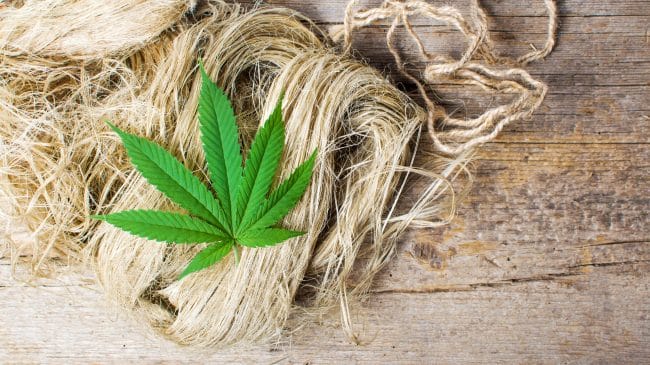There are literally thousands of commercial applications for hemp. It can be used to produce paper, textiles, plastics, cordage, sailcloth and even building materials. The 2018 Farm Bill essentially legalized the production of hemp and hemp extracts at the federal level—when it is grown in accordance with a program authored by the states themselves and approved by the U.S. Department of Agriculture.
In wake of the bill’s passage, though, a growing demand has also materialized for hemp extracts such as cannabidiol, or “CBD” for short. CBD is the primary ingredient in an FDA-approved drug that reduces the frequency and severity of epileptic seizures in children and may hold other health benefits.
Now, a handful of states are beginning to craft the types of commercial hemp programs foreseen in the 2018 Farm Bill. Although most states had already created pilot programs to study hemp cultivation under the authority of the previous Farm Bill passed in 2014, the programs allowed under the 2018 iteration are expressly intended to allow full-scale commercialization. The first states to establish one of these commercialization programs will likely be able to shape much of the emerging hemp industry because these early movers will form templates that guide future actions by other states.
In May, Florida passed legislation authorizing the creation of a state hemp program and its state agriculture department has already circulated draft rules to implement the program. Likewise, North Carolina lawmakers are currently debating legislation to create a state hemp program and the bill has already passed the state senate.
These two early-moving states have key differences in their proposed approaches to hemp regulation. Both states would expressly legalize cannabinoids extracted from compliant hemp at the state level, matching current federal law. One wrinkle federally is that the Food and Drug Administration has not yet approved these extracts to be included in food or cosmetic products that enter into interstate commerce. North Carolina’s proposed law would permit CBD-infused products to be sold within the state’s borders but only after those products are approved by the FDA.
Florida would allow these products to be sold without FDA approval, provided they are manufactured to standards set by the relevant state agencies. For example, foods would have to be produced in a facility that meets state food safety standards, lotions would be governed by the state’s Drug and Cosmetic Act, and CBD-infused alcoholic beverages would be regulated by Florida’s Division of Alcoholic Beverages.
This approach is similar to pending legislation in California, which would allow CBD products to be sold within the state’s borders even prior to FDA approval. Measures like this are significant because earlier this year then-FDA Commissioner Scott Gottlieb warned that it could take another three years, or longer, for the FDA to approve rules governing CBD-infused products.
In other ways, though, Florida’s draft rules fall short of those in North Carolina. The current legislative draft in North Carolina includes an express immunity for licensees from prosecution under the state’s controlled substances act even if their hemp crop winds up with more than the federal limit of 0.3 percent THC by dry-weight volume. There are many reasons this could happen inadvertently, such as genetic mutations or simply having to wait too long before harvest. THC develops in higher concentrations the longer a cannabis plant is left in the field. North Carolina also requires only growers and manufacturers to acquire licenses and not retail stores that simply sell the final products. Florida would require retailers to be licensed as well.
Florida would also require growers to await clearance from the state agriculture department before they can harvest a hemp crop. But this wait time could allow more THC to develop in the plants, which could force the growers to then destroy the entire crop if it exceeds legal levels. Language in the draft rules would create incentives for farmers to minimize their lot sizes in ways that could be inefficient. They’d be doing so simply to minimize the risk of having their plants destroyed if state regulators cause too many delays prior to harvest that lead to unacceptable THC levels in that batch. Florida could fix these issues by allowing farmers to harvest their plants and then quarantine them pending the results of lab tests conducted by state regulators.
As more states explore hemp programs, they will look to these early states as examples. So it’s important that the first states get it right.

